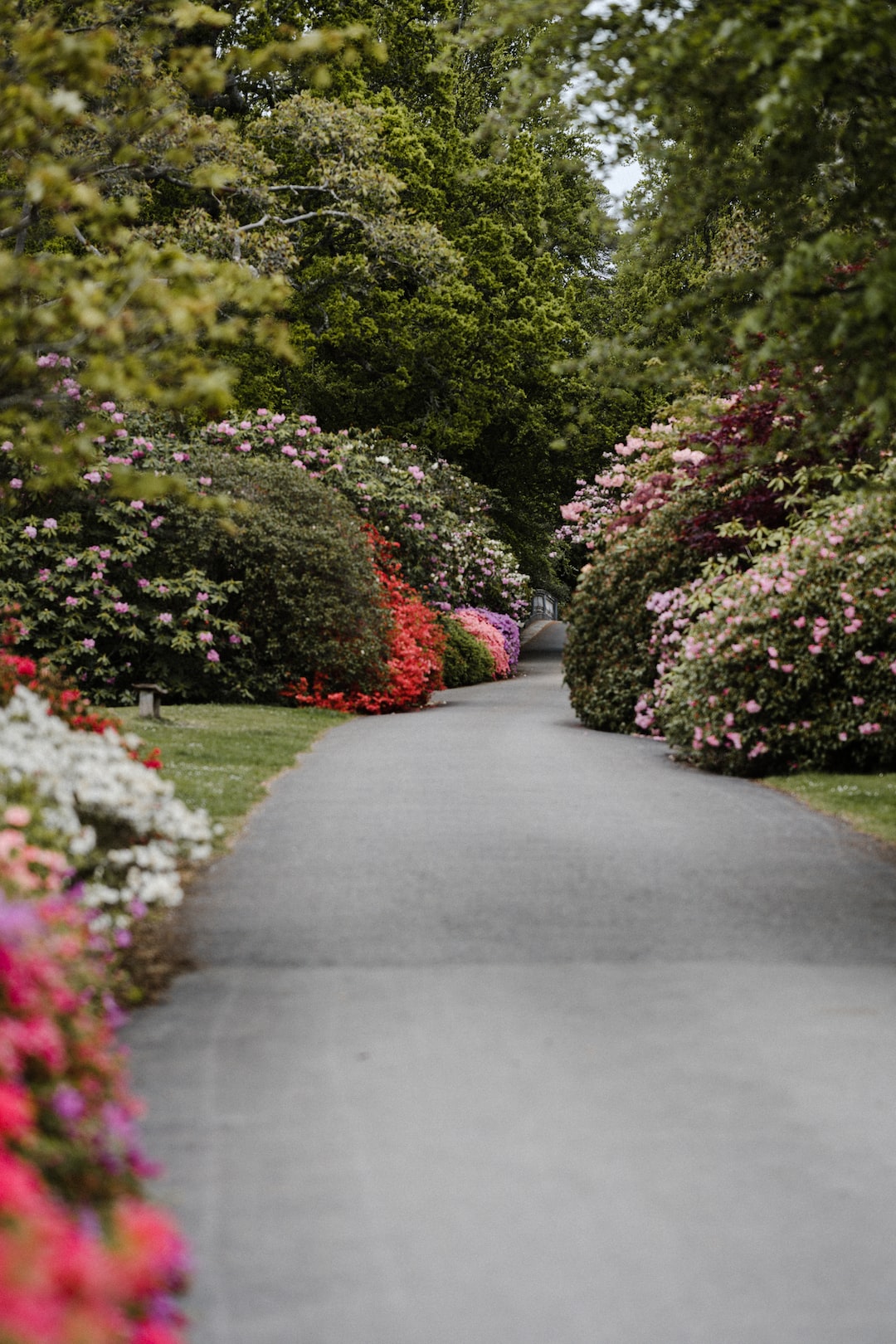Planning a Sensory Garden: Engaging All Your Senses
In a world that is becoming increasingly fast-paced and disconnected from nature, finding ways to engage our senses and reconnect with the natural world is more important than ever. One way to do this is by planning and creating a sensory garden. A sensory garden is designed to stimulate all five senses – sight, hearing, smell, taste, and touch – providing a rich and immersive experience for everyone who visits it.
The first step in planning a sensory garden is to choose a suitable location. Ideally, the garden should be easily accessible and visible, inviting visitors to explore and experience its wonders. Consider factors such as sunlight exposure, wind direction, and nearby plants or structures that may affect the garden’s growth and development. Once you have selected a suitable spot, it’s time to start thinking about the design.
When it comes to designing a sensory garden, it’s important to consider the different elements that will engage each of the five senses. To engage the sense of sight, choose a variety of plants with different colors, shapes, and sizes. Incorporate flowers, foliage, and even add elements such as water features, sculptures, or colorful ornaments to create visual interest. Design pathways that allow visitors to meander through the garden and discover its hidden treasures.
For the sense of hearing, include elements that create soothing sounds, such as wind chimes, water fountains, or bird feeders to attract the melodious chirping of birds. These sounds can have a calming effect, promoting relaxation and tranquility. Additionally, plant rustling grasses or bamboo can create a gentle whispering sound when the wind blows, adding to the auditory experience.
To engage the sense of smell, choose plants with fragrant flowers or foliage such as lavender, roses, or jasmine. Their scents can evoke powerful emotions and memories, promoting a sense of well-being and relaxation. Consider incorporating aromatic herbs like mint, chamomile, or thyme which can be touched and smelled to release their invigorating aromas. Fragrant plants can also attract pollinators, adding another layer of sensory delight.
Taste can be somewhat challenging to incorporate into a sensory garden, but it is not impossible. Consider planting herbs, fruits, or vegetables that visitors can taste. For example, a small patch of strawberries or cherry tomatoes can be a delightful treat for visitors to sample while exploring the garden. Ensure that any edible plants you choose are safe for consumption and free from harmful pesticides or chemicals.
Lastly, the sense of touch can be engaged through a variety of elements in the garden. Choose plants with different textures, such as soft petals, prickly cacti, or fuzzy leaves. Incorporate materials like smooth rocks, bark chips, or water features for visitors to touch and interact with. Create seating areas where visitors can sit and feel the warmth of the sun on their skin or the coolness of a gentle breeze. Consider adding textured pathways or stepping stones to provide a combination of tactile experiences.
In conclusion, planning a sensory garden is an exciting opportunity to engage all five senses and create a tranquil oasis for yourself and others to enjoy. By carefully selecting plants, incorporating elements that stimulate each sense, and creating a visually appealing design, you can create a space that offers a rich and immersive experience for all who visit. Whether you have a large backyard or a small balcony, the benefits of a sensory garden are within reach and can provide a much-needed respite from the stresses of modern life. So, grab a notebook, start planning, and let your senses guide you on this beautiful journey into creating a sensory garden.


